Culantro
Culantro is a herbal plant indigenous to South America and Mexico. This plant belongs to the Apiaceae family along with plants like lettuce, cilantro and parsley. Culantro is often confused with cilantro in the United States where the former is not very well known. This is due to the similarity in the names and tastes of these two herbs.
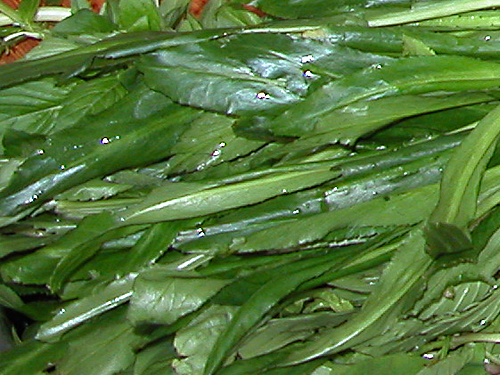
Culantro
Table Of Content
Culantro Scientific Name
The scientific name for these plants is Eryngium foetidum.
History of Culantro
This herb has been a well known remedy for various diseases and ailments in its native countries for a long period of time. People in Great Britain used it as a herbal medicine to treat cough and cold. It was also quite popular as a culinary herb in many regions of Mexico, South America and the Caribbean.
Description of Culantro Plant
Here is a general description of these herbal plants:
Height: The average height of Culantro plants ranges from 25 cm to 30 cm.
Leaves: The leaves grow as rosettes with each leaf growing between 25 and 30 cm.
Flowers: These plants bear blue flowers.
Aroma: Entire plants have a strong pungent fragrance. The fresh aroma of these leaves resembles that of cilantro; however it is much stronger than cilantro.
Common Names of Culantro
These plants are known by various names in different countries. Other names of this herb include Recao, Shado Beni, Shadon, Bandhania, Long Coriander, Mexican Coriander and Spiritweed.
Distribution of Culantro Plants
This herb is native to tropical regions of South America, Mexico and Caribbean; however, they are cultivated all over the world. Their distribution range includes Puerto Rico, Hawaii, Florida, Georgia and Virgin islands.
Culantro Cultivation
Culantro seeds take somewhere between 3 and 4 weeks to germinate. Usually, the plants die after blooming and setting seeds. However, young plants may grow again from these seeds. One can prune the flower stalks in order to prevent the plants from flowering as long as possible. These small herbal plants can be grown indoors in pots.
Growing Conditions for Culantro
Soil: Well drained moist sandy loam soil is ideal for their proper growth.
Sunlight: These plants tend to flower early when grown under direct sunlight compared to when kept under a light shade. Due to this reason, they are usually cultivated under shades.
Climate: They grow well in tropical and sub-tropical climates. These plants cannot survive in extremely hot and cold temperatures.
Water: Regular watering is required for the plants to grow properly; however care should be taken to keep the soil well drained.
Harvesting
The leaves of these plants lose their flavor once flowers bloom. So, they are harvested before the plants flower. Fresh leaves are harvested individually as required. However, one can cut the entire rosette with the help of a knife in order to dry and preserve the leaves.
Health Benefits of Culantro
These herbal plants have many health benefits to offer.
- Consuming this herb is beneficial for human health as it is rich in various nutrients that keep the body healthy by increase immunity.
- It helps to increase appetite.
- It is also beneficial for the digestive system.
- Herbal tea made from these leaves can alleviate pneumonia, diarrhea, flu and fever.
- Decoction of the leaves has anti-inflammatory and analgesic properties.
- Researches show that the essential oil extraction of these plants can fight parasitic trypanosomes, bacteria, fungi and nematodes.
Culantro Herb Nutritional Facts
The leaves of these herbal plants are rich in calcium, carotene, iron and riboflavin. They are also a good source of various vitamins including vitamins A, B1, B2 and C. Other nutrients include protein, fat, carbohydrate and phosphorus.
Uses of Culantro
The leaves of these herbal plants are used for diverse culinary and medicinal purposes. Their culinary uses are sometimes similar to the uses of cilantro due to the resemblance in the fragrances of the leaves of these two plants.
Culinary Uses
- This herb is used for marinating and seasoning in many Caribbean countries.
- These leaves are widely used in Thai cuisine to add flavor to noodle dishes, soups and curries.
- It is a popular herb in other Asian countries like India, Singapore, Vietnam and Malaysia.
- This herb is one of the basic ingredients for preparing the popular sauces “Salsa” and “Sofrito”.
Medicinal Uses
- It is traditionally used as a herbal medicine for numerous health disorders like diarrhea, fever and vomiting.
- Leaves and roots of these medicinal plants are boiled in water to use the water as a remedy for diseases like pneumonia, malaria, flu and diabetes.
- These leaves are used to treat stomachache, constipation and worms.
- It used for the treatment of epilepsy.
- The roots of these plants are consumed to treat scorpion stings.
Culantro Recipes
This herb is used as an important ingredient in many recipes including:
- Red-Bean Soup with Gremolata
- Yellow Rice with Pigeon Peas
- Shrimp and Vegetables in Ginger Coriander Broth
- Simple Mango Chutney
Using Culantro during Pregnancy
One should avoid eating large amounts of this herb during pregnancy.
How to Cook Culantro?
Fresh or dried leaves are used for seasoning or are added to a dish to add a special flavor to the food. Fresh leaves should be washed properly before use.
How to Store Culantro?
Fresh leaves can be wrapped in damp paper towel and stored in the refrigerator. One may also blend the properly washed leaves in a food processor along with some olive oil and store the mixture in the freezer.
Culantro Side Effects
There are no known side effects of this herb; however it may cause allergic reactions in some people. Over consumption may also cause some adverse health effects.
Culantro Interesting Facts
Find out some interesting facts about this medicinal herb:
- Various insects keep away from these plants as they do not like the pungent smell the plants.
- The flower heads of these herbal plants attract many beneficial insects like lacewings and ladybugs.
- Culantro is also known as Fitweed as it can fight epileptic seizures or fits.
Availability of Culantro
This herb is available at many herb stores. However, in places like United States and Europe it is available only in some specialty stores for Thai or South American cuisine. One can also buy it online.
Culantro Pictures
Here are some picture of this herbs:
Culantro has a long history of being used by humans from different cultures. Despite the fact that it is often mistaken for cilantro in some places, it is one of the most popular herbs used in various cuisines all over the world.
References:
http://www.hort.purdue.edu/newcrop/proceedings1999/v4-506.html#culinary
https://hort.purdue.edu/newcrop/proceedings1999/v4-506.html
https://bonnieplants.com/blogs/how-to-grow/growing-culantro/
- by Deepamala Bhattacharya
- December 17th 2011

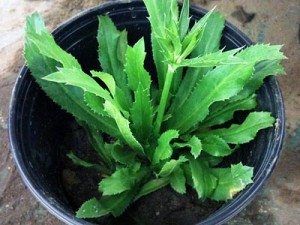
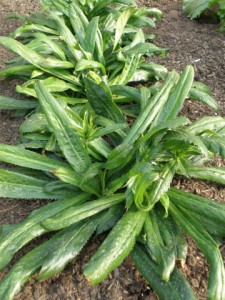
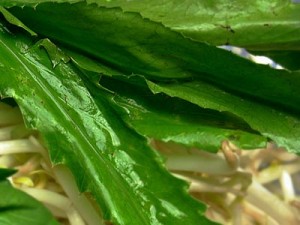
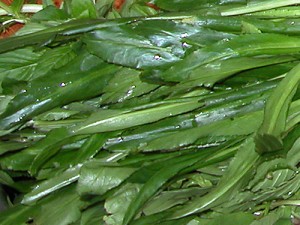
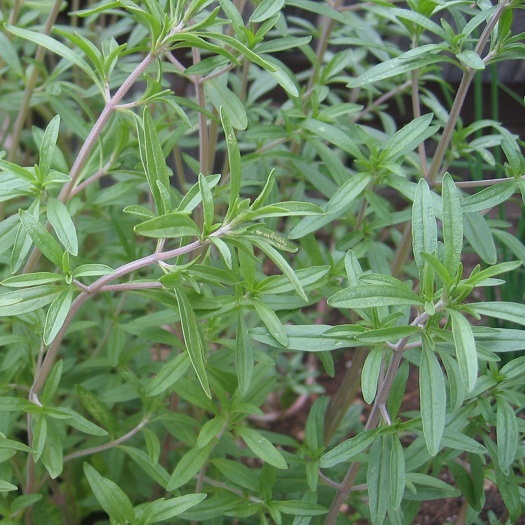
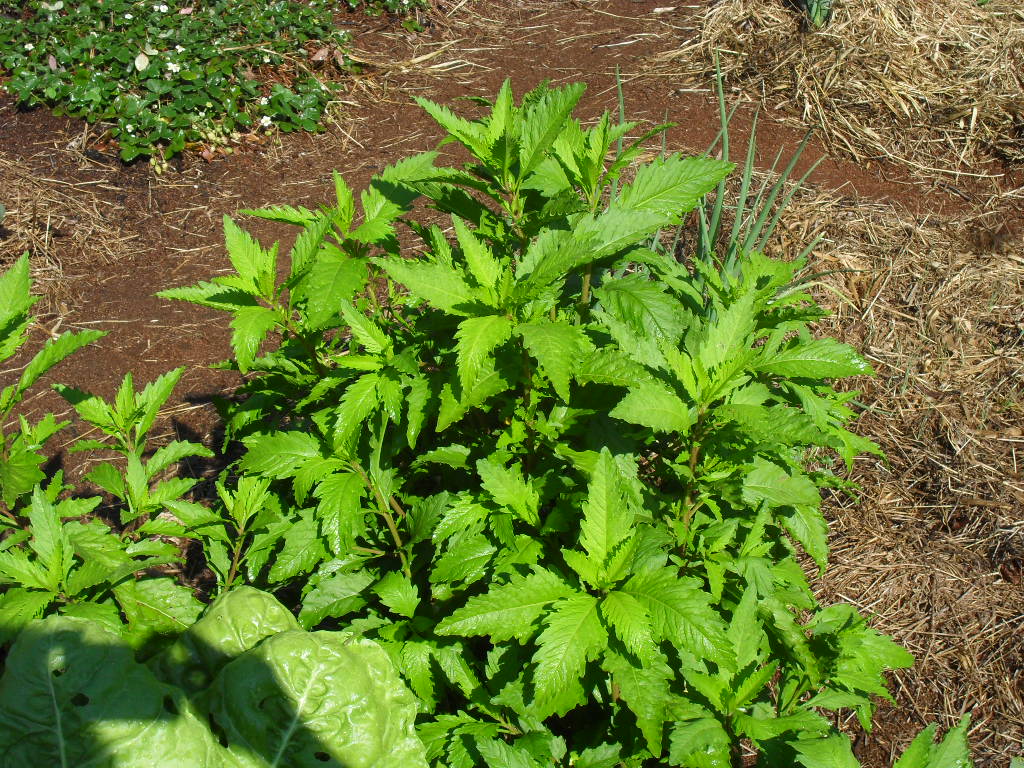

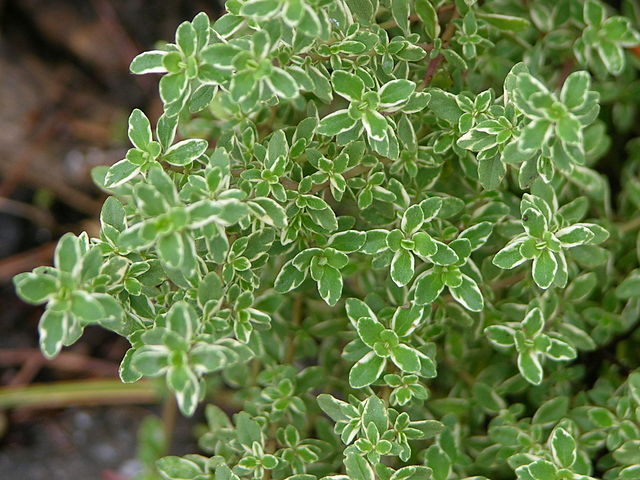
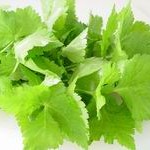
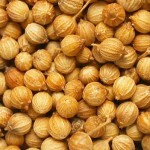
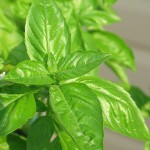
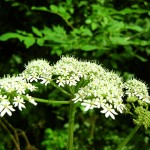
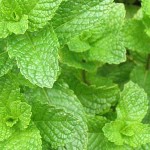

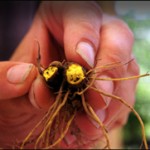

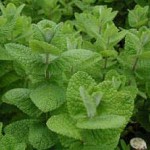
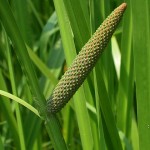





Leave a Reply